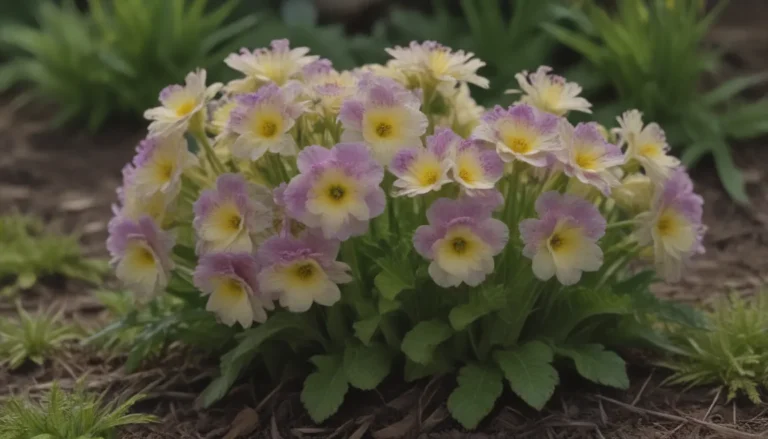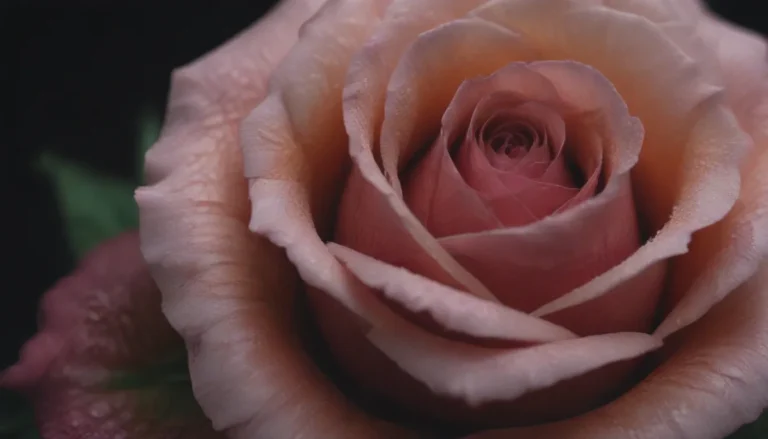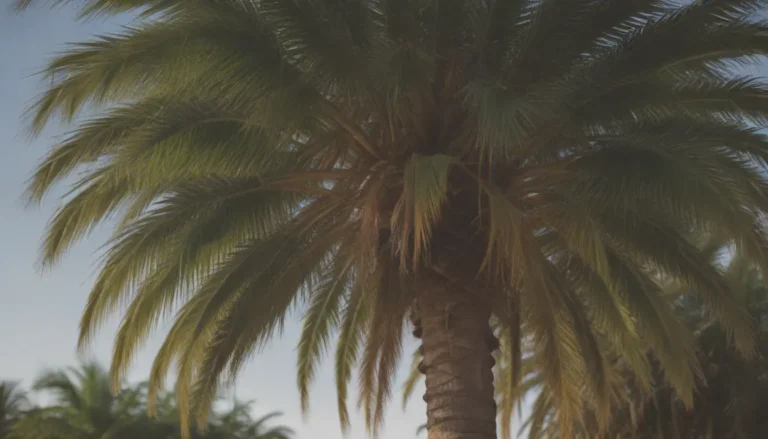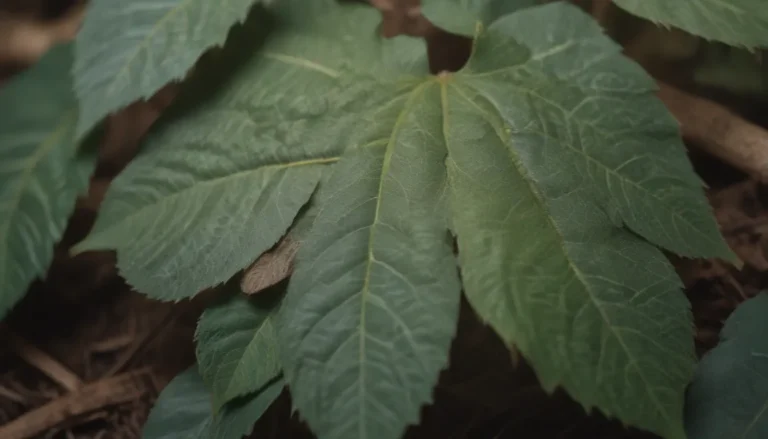The Ultimate Guide to Growing and Caring for Florida Beauty Plant
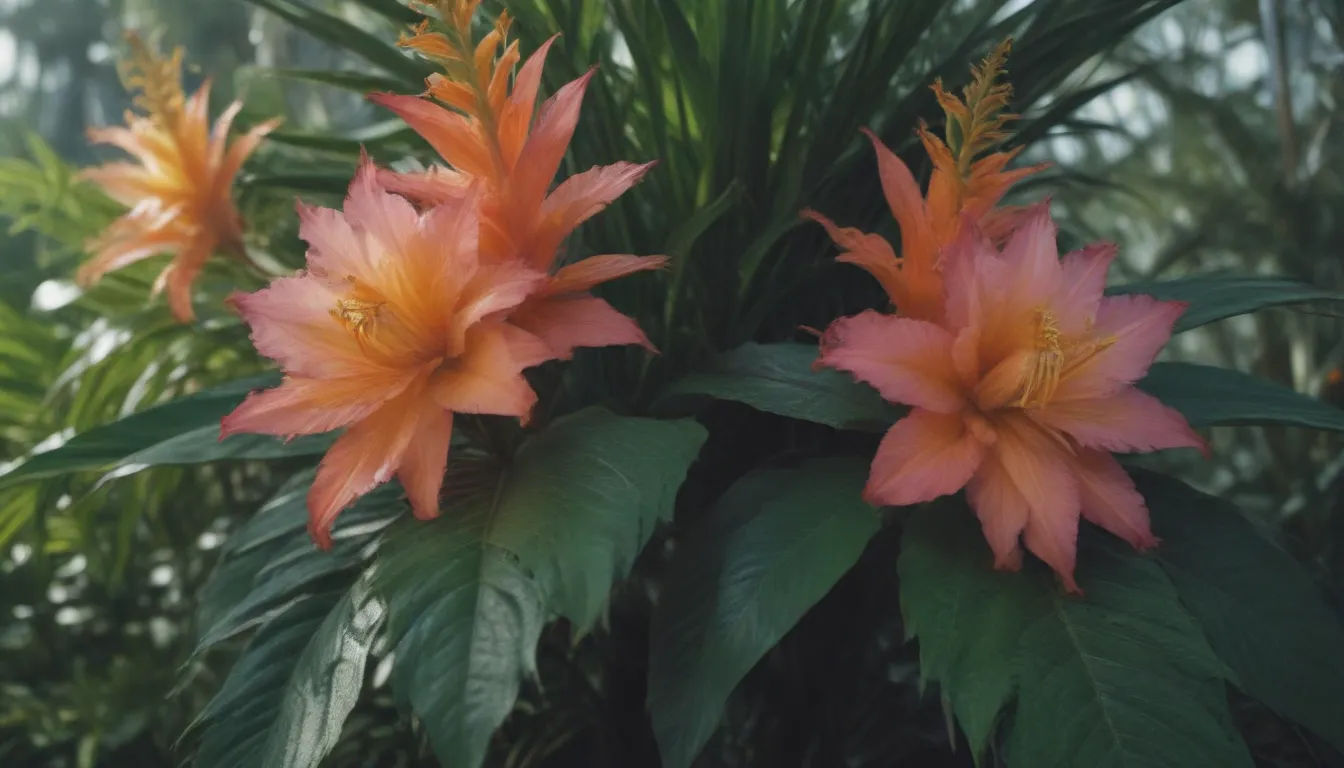
If you’re a plant enthusiast looking for a beautiful and low-maintenance addition to your indoor garden, the Florida Beauty Plant (Dracaena surculosacultivar) is an excellent choice. This award-winning tropical evergreen shrub features slender, upright, bamboo-like branches with lance-shaped dark green leaves adorned with vibrant spots of variegation. As the plant matures, the variegation transitions from bright yellow to a creamy white, adding a touch of elegance to any space.
In this comprehensive guide, we will explore everything you need to know about growing and caring for a Florida Beauty Plant. From light and soil requirements to pruning and propagation tips, we’ve got you covered with valuable information to help you keep your plant healthy and thriving.
Florida Beauty Plant Care
Here are the main care requirements for growing a Florida Beauty Plant:
Light
Position your Florida Beauty Plant in a location where it receives plenty of bright but indirect light indoors to enhance the variegation on the foliage. Outdoors, the plant can tolerate a few hours of direct morning sun. However, too much direct sunlight can lead to leaf scorch and drop, while insufficient light may cause the variegation to fade.
Soil
Florida Beauty Plants can adapt to a variety of soils and potting mixes as long as they are loose and well-drained. For a homemade potting mix, combine equal parts peat, loam, and perlite or vermiculite. Alternatively, consider using a cactus soil mix with added perlite or vermiculite to ensure proper air circulation around the roots.
Water
Maintain even moisture in the soil during the growing season to promote healthy growth. Be cautious not to overwater, as standing water can lead to root rot. In the winter, allow the top few inches of soil to dry out before watering again.
Temperature and Humidity
Florida Beauty Plants thrive in warm, humid conditions and should be kept away from drafts. Ideal temperatures range between 60 and 75 degrees Fahrenheit, with a minimum of 50 degrees Fahrenheit in the winter. To increase humidity, consider grouping your plant with other tropical species, using a humidifier, or placing a tray of water and pebbles under the plant’s container.
Fertilizer
While Florida beauty plants are slow-growing, applying a weak balanced liquid fertilizer monthly during the spring and summer growing seasons can encourage lush, leafy growth. Avoid fertilizing in the winter when growth slows down.
Pruning
Maintaining a Florida Beauty Plant is relatively low maintenance when it comes to pruning. However, light trimming in the winter can promote new growth in the spring. Trimming older, overgrown stems will keep your plant in shape and ensure it fits your space.
Propagating Florida Beauty Plant
Florida Beauty Plants are easy to propagate from tip cuttings, making them a great option for expanding your plant collection. You can take cuttings while pruning in the spring when active growth begins. Here’s a simple guide to propagating your Florida Beauty Plant:
- Select a healthy stem cutting with at least two nodes.
- Place the cutting in a small pot with well-draining soil.
- Keep the soil consistently moist and provide indirect light.
- After roots develop, transplant the cutting into a larger container.
Potting and Repotting
Florida Beauty Plants prefer being slightly rootbound, so they only need repotting every other spring. When repotting, choose a pot with ample drainage holes to prevent waterlogging. If the roots are growing out of the drainage holes, it’s time to consider repotting your plant.
Common Pests & Plant Diseases
Florida Beauty Plants are generally resistant to diseases, but they may attract mealybugs, which can harm your plant if left unchecked. Keep an eye out for fuzzy white insects around the base of your plant. If you spot mealybugs, spray them with water and wipe them off with a cloth. Using neem oil can help prevent their return.
Common Problems with Florida Beauty Plants
While Florida Beauty Plants are relatively easy to care for, they may exhibit signs of stress if their needs are not met. Here are some common issues to watch out for:
Leaves Turning Brown
Brown leaf margins are often a sign of overfertilization or too much direct sunlight. Adjust your care routine to address these issues and prevent further leaf damage.
Plant Leaves Falling Off
Excessive leaf shedding may be caused by inadequate light, drafty conditions, or other environmental factors. Ensure your plant receives appropriate lighting and is placed away from drafts to promote healthy growth.
Leaves Turning Yellow
Yellowing leaves can indicate overwatering or insufficient light. Monitor your plant’s watering schedule and adjust its placement to provide adequate light. Pay attention to variegated leaves losing their color, as this may signal a lack of light.
In conclusion, the Florida Beauty Plant is a stunning and resilient addition to any indoor garden. By following these care tips and guidelines, you can ensure that your plant thrives and remains healthy for years to come. Remember to monitor your plant regularly, address any issues promptly, and enjoy the beauty that the Florida Beauty Plant brings to your home.
